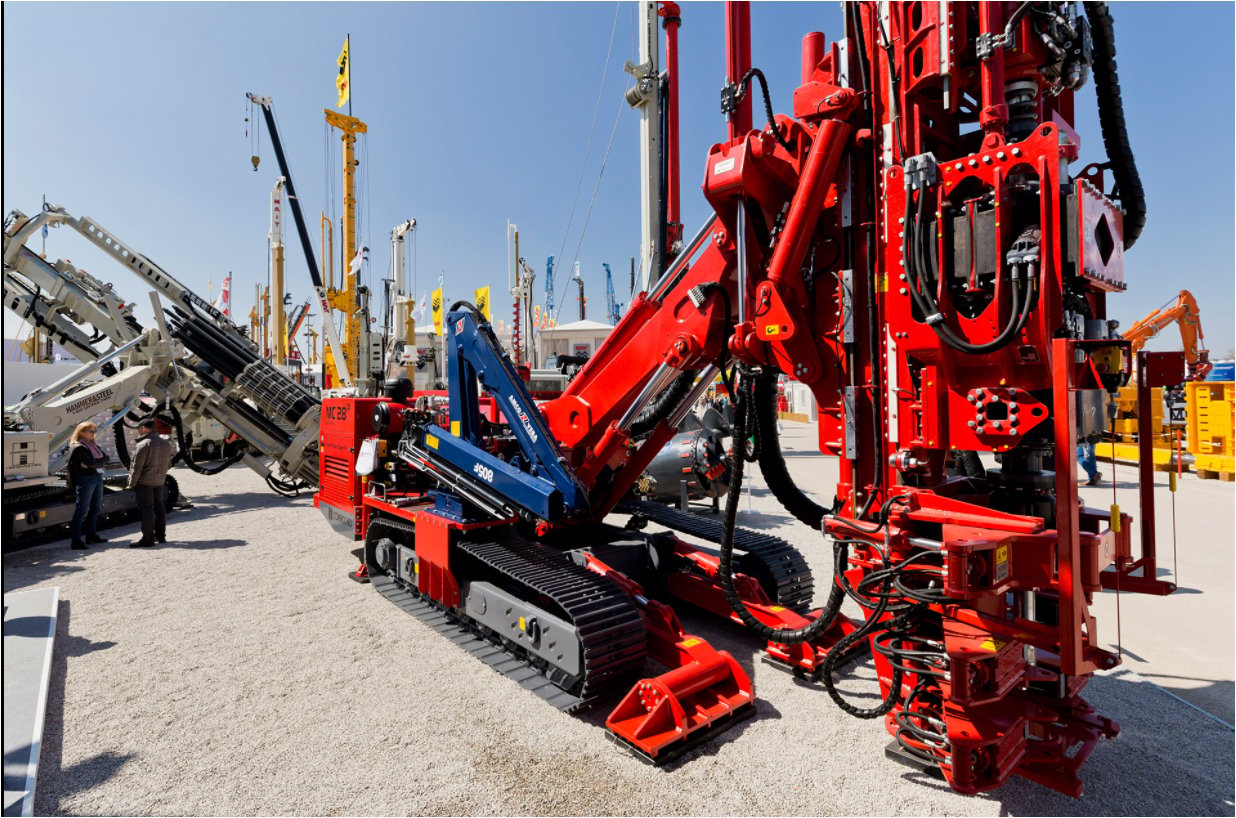Mining of the future should be reliable, efficient and sustainable. At the bauma TALK, experts from the fields of science, standard setting and industry shed light on important aspects of this requirement.

With the bauma TALK series of webinars Messe München fed into the key topics of bauma 2022, which will take place from October 24 to 30 in Munich. The presentation and discussion event from June 29 dealt with the possibilities for mining to be even more reliable, efficient and sustainable in future.
Climate protection requires large volumes of sustainably sourced raw materials
To this end, Professor Elisabeth Clausen, Head of the Institute for Advanced Mining Technologies at the Rheinisch-Westfälische Technische Hochschule (RWTH) Aachen, carved out one of the central conditions for the mining of the future.
“In order to achieve the transition toward a greener and where possible CO2-free society and economy, very large volumes of metals and mineral raw materials are required. Because recycling alone won’t come close to covering this demand in the foreseeable future, sustainable and efficient mining has a key role to play,”
says the professor.
When it comes to designing the mine of the future, she sees three main trends: automation, digitalization and electrification. She says they need to go hand in hand in order to reach their full potential. In her presentation, professor Clausen emphasized how important close cooperation between science and industry partners is for developing the necessary innovations. As an example, she pointed to the European H2020 project NexGen SIMS (Next Generation Carbon Neutral Pilots For Smart Intelligent Mining Systems). In this broad-based demonstration project, their institute is working together with numerous equipment suppliers and operators as well as other researchers on carbon-neutral, autonomous mining processes.
Developing standards for responsible mining
Another important factor for the mining of raw materials in future is its societal acceptance.
“To do this, standards need to be developed that ensure the best available methods are used in the interests of the mining companies, the environment and the local population,”
explained Christophe Didier.
The director for geo-resources at the French geological office BRGM is chairman of the ISO/TC 82/SC 7 committee founded in 2015. So far, the committee has dealt with the creation of international standards for decommissioning mines and reclamation management.
“Today we face the challenge of expanding this spectrum to mining that’s responsible on the whole. This would be linked with a much more comprehensive agenda. The goal is to minimize the impact of mining and maximize the benefits for stakeholders. And this applies over the entire lifecycle of a mine – from exploration to closure,”
said Didier.
A decision on the corresponding restructuring of the committee is to be made by the end of this year.
Good practical experience with autonomous processes
One mining operation that already has a good track record of autonomy and connectivity is Roy Hill. The company mines open pit iron ore in the Pilbara region of Western Australia. According to Michael Waller, Manager Interoperability at Roy Hill, excellent results have been achieved in a first step with autonomous blast hole drills.
“Using appropriate connectivity solutions, we are able to operate these machines from our Remote Operations Center 1,600 kilometers away at the company’s headquarters in Perth,”
said Waller.
On the way to the envisioned fully autonomous mine, Roy Hill is currently carrying out the world’s largest autonomous haulage solution (AHS) project of its kind, starting with ten independent dump trucks. What is particularly noteworthy is that the selected system works independently of the vehicle manufacturers. This means it will be possible for around 100 haul trucks from the company’s mixed fleet to work autonomously with the same solution in the future.
“We expect advancing automation to bring increased safety, improved productivity and reduced variability. Through automation, we can also offer our employees rewarding career opportunities under more pleasant working conditions, which increases our attractiveness as an employer. Last but not least, the combined advantages of automation, connectivity and energy efficiency allows us to maximize our mining activities while minimizing the environmental and social impacts of our operations.”
he explained.
With advanced sensor and communication technologies, data can be obtained at many different points in the mining industry. According to Eduardo Lima, Global Product Manager Digital Mining at the engineering company ABB Switzerland, this information can be fed into a higher-level system and systematized. This in turn will form the basis for graduated automation.
You will find a recording of this edition of bauma TALK and all other previous segments on Bauma website.


 Copyright 2017-2023 All rights reserved.
Copyright 2017-2023 All rights reserved.